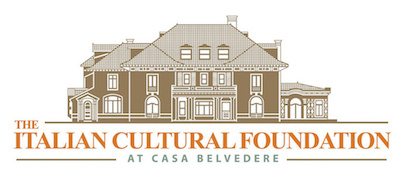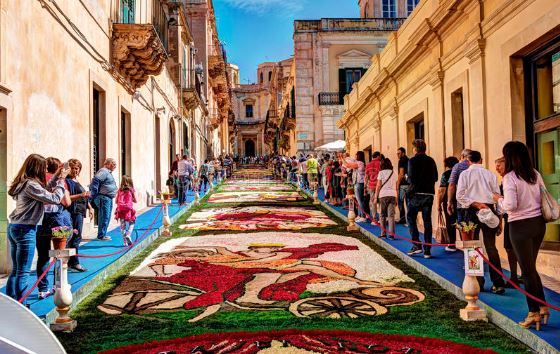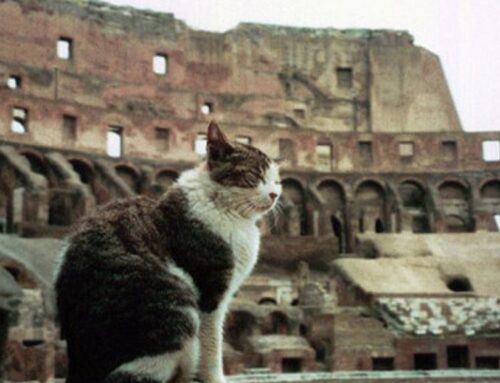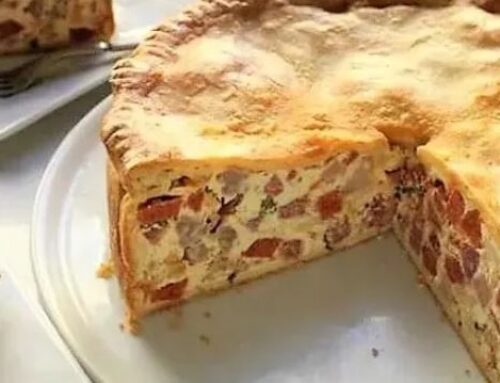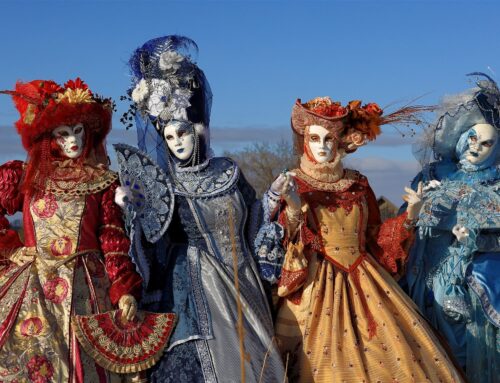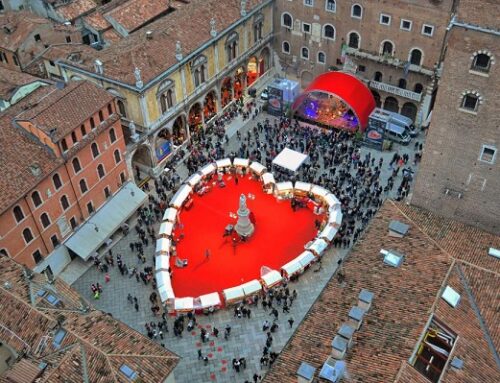A beautiful Italian tradition takes place every spring in towns across Italy, where elaborate floral carpets are painstakingly created on streets using thousands of flowers. The displays vary in intricacy, ranging from small designs in front of a church to many large panels covering long streets.

Spello infiorata
Infiorata means “decorated with flowers,” and the craft has been refined to an art form over many years. The magic lies not only in seeing infiorate up close, but also acknowledging the ephemeral nature of these fleeting artworks.
These floral events occur in May and June, originally to celebrate the Virgin Mary or the Feast of Corpus Christi, when priests carry the Blessed Sacrament in a street procession. Today, infiorate combine culture, art and religion, with the added benefit of tourism. Thousands of people from around the world come to view the colorful displays that are intricately designed and planned by flower artists over many months.
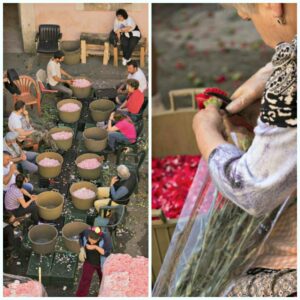
Preparing flower petals for Genzano infiorata
In a short span of several days, local citizens help with a variety of tasks: snipping blooms off stems, chopping petals and leaves into smaller pieces, storing the prepared flowers in cool underground spaces, chalking the artists’ designs onto the street, and/or painstakingly filling in the spaces with flower bits like an enormous “color by number” painting, with shading and layering. Some communities set up tents while the designs are created, not only to protect from the elements, but also for the element of surprise.
The designs vary widely, from tapestries that look like actual carpets, to re-creations of religious masterpieces, to abstract and geometric designs. The materials are always natural, including fresh and dried flowers, petals, leaves, fennel fronds, and other organic materials like berries, beans, hay, seeds and grass. Soil and coffee grounds are often used to create outlines.
Some towns have specific rules. For instance, Umbria allows only flowers collected in the wild. Other towns allow the use of additional natural materials like pebbles and wood chips.
Some towns have annual themes and competitions. Three of the most famous infiorate in Italy are:
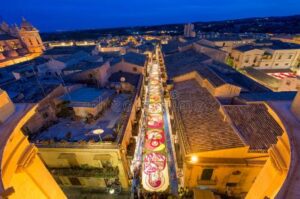
Aerial view of Noto infiorata
Noto in Sicily celebrates its baroque history with designs that are more folkloric than religious, and a procession with singers and flag wavers. The floral designs are found not just on streets but in alleys and courtyards.
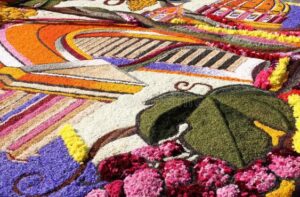
Spello infiorata
Large floral “paintings” and smaller “carpets” line a serpent-shaped path in Spello, Umbria, where the theme changes each year. Spello is already well known for its residents’ gardening skills, so infiorata is especially embraced by these residents.

Infiorata in Genzano
In Genzano, Lazio, close to Rome, infiorata began in 1778. Millions of flowers are used to create tremendous designs on a long sloping street that leads from the town hall to the Church of Santa Maria della Cima. Once complete, a procession takes place on the floral carpet, ending with children who are allowed to joyfully demolish the designs. Click here to view the event from start to finish.
Other Italian towns with notable infiorate include Bolsena in Lazio; Brugnato in Liguria; Castelbuono in Sicily; Cusano Mutri in Campania; Diano Marina in Liguria; Fidenza in Emilia Romagna; Orvieto in Umbria; Pienza in Tuscany; Potenzoni di Briatico in Calabria; and Vetralla in Viterbo.
Compiled by Joyce Venezia Suss
The Italian Cultural Foundation at Casa Belvedere is a not-for-profit organization that celebrates everything Italian by sharing stories such as this, and offering exceptional public programs: Language and cooking classes; art and photo exhibits; film festivals; opera luncheons and casino nights; Italian car shows and fashion shows; live concerts and theatrical performances; guest chef experiences and wine tastings; bocce and bingo (tombola); and much more. Casa Belvedere (house with a beautiful view) has established itself as a vibrant and buzzing cultural center in New York City. For more information, visit casa-belvedere.org.
